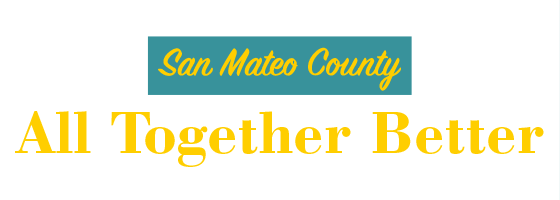Promising Practices
The Promising Practices database informs professionals and community members about documented approaches to improving community health and quality of life.
The ultimate goal is to support the systematic adoption, implementation, and evaluation of successful programs, practices, and policy changes. The database provides carefully reviewed, documented, and ranked practices that range from good ideas to evidence-based practices.
Learn more about the ranking methodology.
Filed under Good Idea, Environmental Health / Air, Urban
Goal: The goal of the Sustainable Skylines Initiative (SSI) is to achieve measurable emissions reductions and promote sustainability in urban environments within three years of implementation.
Filed under Good Idea, Environmental Health / Air
Goal: To slow climate change by reducing carbon dioxide in the atmosphere while also establishing a network of public spaces where residents can walk to enjoy a vibrant urban landscape and healthy ecosystem.
Filed under Good Idea, Health / Physical Activity, Children, Families, Racial/Ethnic Minorities, Urban
Goal: The goal of the Activate West Michigan coalition is to increase fruit and vegetable consumption among low-income individuals.
Filed under Evidence-Based Practice, Health / Alcohol & Drug Use, Women, Men, Racial/Ethnic Minorities, Urban
Goal: The goal of the Baltimore Needle Exchange Program is to reduce HIV, hepatitis, and other infections by reducing the use of unclean needles and to help individuals overcome substance abuse by connecting them to harm reduction services and drug treatment programs. The experimental case manager intervention program at the Baltimore NEP looked to increase the percentage of intravenous drug users who enrolled in city sponsored substance abuse programs following referral at the Baltimore NEP sites.
Impact: The intervention program through Baltimore NEP was effective in increasing entry of intravenous drug users into drug drug treatment programs and highlights the need for more accessible treatment programs and harm-reduction services, such as mobile treatment facilities.
Filed under Effective Practice, Economy / Economic Climate
Goal: The goal of this program is to create a strategy for a sustainable Burlington.
Filed under Effective Practice, Environmental Health / Built Environment
Goal: The goal of the Community Greenspace program is to restore and revitalize urban neighborhoods by helping residents create greenspace in their communities.
Filed under Evidence-Based Practice, Health / Adolescent Health, Teens, Racial/Ethnic Minorities, Urban
Goal: The goal of this intervention was to increase HIV preventative behavior among inner-city minority adolescents.
Impact: Students in the classroom-based intervention group had more sustained changes in HIV prevention behavior over time compared to those in the peer-based intervention groups.
Filed under Evidence-Based Practice, Health / Maternal, Fetal & Infant Health, Women, Racial/Ethnic Minorities
Goal: The goal of the Medical Nutrition Therapy program is to decrease perinatal complications in pregnant women with type 2 Diabetes in Mexico City.
Filed under Evidence-Based Practice, Economy / Housing & Homes, Adults, Urban
Goal: The goal of Pathways to Housing, Inc. is to provide independent housing, treatment services for physical and mental health, and employment to mentally ill individuals who are chronically homeless.
Impact: Pathways to Housing has received numerous awards for its projects in New York City, Philadelphia, and D.C. In addition to achieving large effects in terms of housing outcomes, compared with standard care in the community, Housing First also improves community functioning and quality of life.
Filed under Effective Practice, Environmental Health / Environmental Justice, Children, Adults, Urban
Goal: The goals of the West Harlem Waterfront Park Program are to bridge green spaces along the Hudson River and enhance waterfront access, economic development, and regional transportation alternatives in the West Harlem community.

